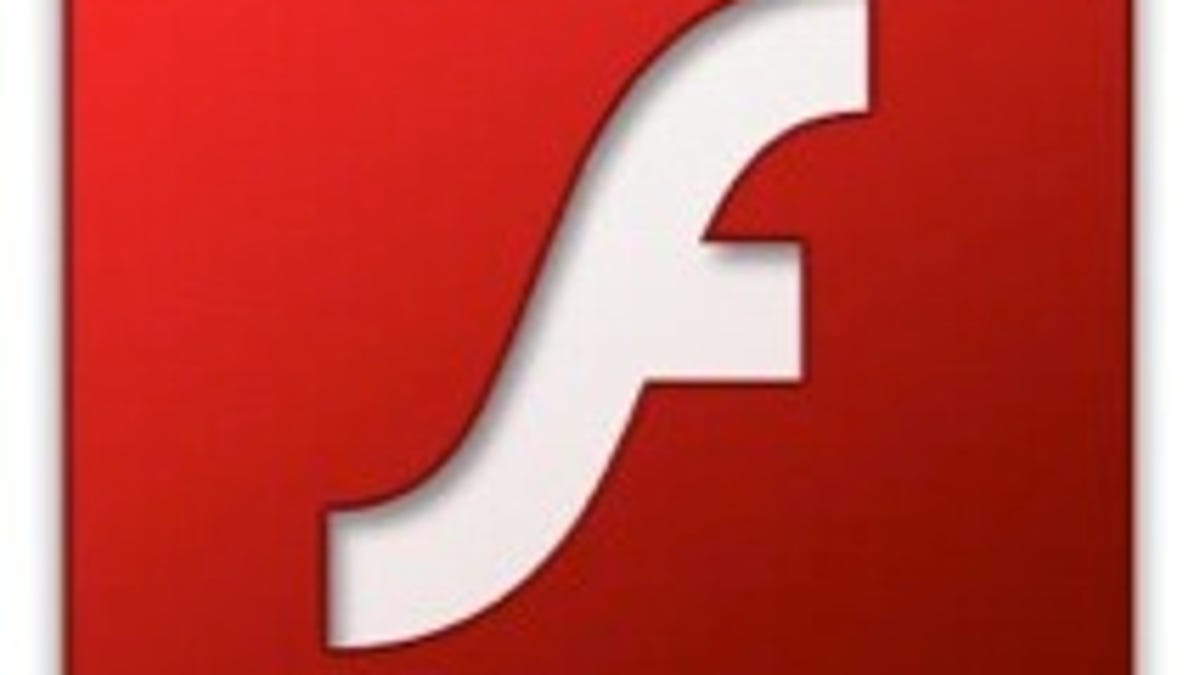Adobe to charge Flash coders to use 'premium' features
Flash Player 11.2 and AIR 3.2 arrived today. But starting in August, Adobe will require programmers to share 9 percent of app revenues when making "console-quality" Flash games.

Adobe Systems released Flash Player 11.2 today -- along with a plan to make the browser plug-in a direct source of revenue for the company.
In the past, the Silicon Valley company has charged programmers to use development tools such as Flash Pro. But for any games published August 1 or later that use premium features in the new version of Flash Player, Adobe will require programmers to pay.
More specifically, Adobe will require developers to share 9 percent of net revenue beyond $50,000 for using the premium features, Adobe announced today. The premium features are Stage 3D for hardware-accelerated graphics and domain memory for better conversion of games previously written in C or C++.
There are two notable situations where programmers won't have to pay, though. First, Adobe grants a royalty-free license for any apps using the software that's released before August 1. Second, it's free to use the features in AIR 3.2, software released today that makes it possible to package a Flash game as a standalone app for iOS or Android. And for ordinary folks actually just using Flash in their browsers, Flash Player remains free.
Programmers accustomed to getting Flash Player feature for free can console themselves that, at least in Adobe's opinion, the payments will make things better for Flash. Adobe's Emmy Huang explained the move thus:
We've designed this pricing to encourage the kind of innovation and experimentation that often helps to spark inspired and inventive games. This also enables us to invest in and support innovation in Flash technologies that will benefit the ecosystem of popular game middleware and development tools, beyond Adobe's first party tools
It's not clear to me how requiring programmers to pay to use something that was previously free will spark innovation. Perhaps they'll innovate and experiment with the increasingly capable Web standards that are steadily reproducing more and more of what Flash offers instead.
Certainly revenue can help Adobe better justify future investments in Flash, which Adobe itself has begun de-emphasizing as it increasingly embraces those Web standards such as HTML5 itself. The company has abandoned an effort to bring Flash to mobile devices as a browser plug-in, though AIR continues to be an option there. And it's declared Flash Player to be geared chiefly for games and premium video rather than for anything interactive online.
Developing Flash can't be cheap for Adobe. The new version includes support for hardware-accelerated graphics for computers released as far back as 2008, Adobe said.
It's got an ally with the new version of Flash. Unity Technologies' cross-platform 3D gaming tools now can be used to produce games that run on Flash, Adobe added.

